
Amazon wants to replace fumbling for credit cards, loyalty cards and bank notes at the checkout with a palm scanner that it hopes to sell to other shopping chains.
The e-commerce giant said on Tuesday that it was working on a contactless scanner called Amazon One, initially for use in its till-free Amazon Go supermarkets in Seattle, US.
Users will associate their payment card or Amazon account with the unique topography of their palm and hover it over the scanning pad to trigger a sale.
The company added that it hopes to sell the technology to other vendors and is in "active discussions" with "several potential customers".
A spokeswoman for Amazon said it would not use shopping data collected by scanners in other companies’ buildings "for anything other than supporting those third parties".

The devices will be deployed first in Amazon's own Go supermarkets
Credit: Amazon
Amazon said: "Amazon One is a fast, convenient, contactless way for people to use their palm to make everyday activities like paying at a store, presenting a loyalty card, entering a location like a stadium, or badging into work more effortless.
"In most retail environments, Amazon One could become an alternate payment or loyalty card option with a device at the checkout counter next to a traditional point of sale system.
"We believe Amazon One has broad applicability beyond our retail stores, so we also plan to offer the service to third parties… so that more people can benefit from this ease and convenience in more places."
The company said little about what would happen to customers’ palm data, except that it would be protected from hackers by being encrypted and analysed remotely inside Amazon’s own cloud computing service.
A glimpse of the future?
Sanchit Jain, a retail market expert at Enders Analysis, said the technology could give Amazon a dominant position if today’s digital payments give way to "frictionless" biometric payments, which would allow shoppers to breeze in and out with what they need without stopping.
He said: "It does look gimmicky on the surface, but this could be Amazon remaining one step ahead of the competition. No one has managed to nail palm scanning so far, so Amazon, if it can do so successfully, is first in a very short line.
"If palm payments are feasible, this is a huge step toward that increasingly contactless reality – and Amazon will be the number one partner for businesses. Potential applications of the tech are limitless."
He added Amazon’s decision to allow people to sign up with their payment card, without having an Amazon account, suggests the company is focused on selling the technology to others.
Biometric payment cards | How do they work?
Privacy advocates have long warned against the use of biometric data in general, because unlike an email address it cannot be changed. Amazon-watchers on Hacker News, a discussion forum for tech workers, looked askance at the idea of the scanner sending any palm data elsewhere.
Amazon denied that it would use the shopping data generated by scanners deployed by other companies, which would be a rich source of information on shopping habits and business rivals.
A spokeswoman said: "Amazon One data is stored separately from other Amazon businesses. We do not yet have active third-party locations, however Amazon will prohibit the use of data collected from [them] for anything other than supporting those third parties."
She added that business customers would pay to use the scanners, rather than getting them for free in exchange for something else.
It comes after Amazon’s Ring smart home division unveiled a miniature security drone to fly around users’ homes while they are away.
Mr Jain said Amazon "doesn’t have a great reputation" with user data, citing Ring’s numerous privacy scandals, but said that palm data would feel less sensitive and dangerous to most people.



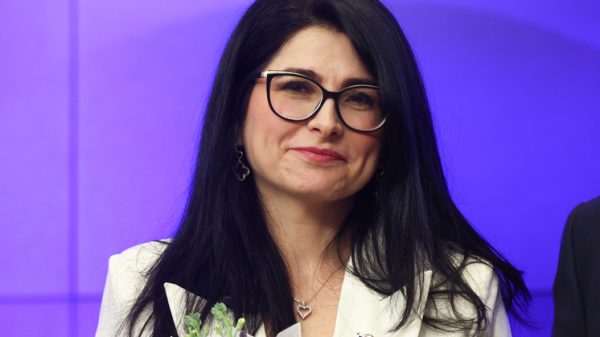












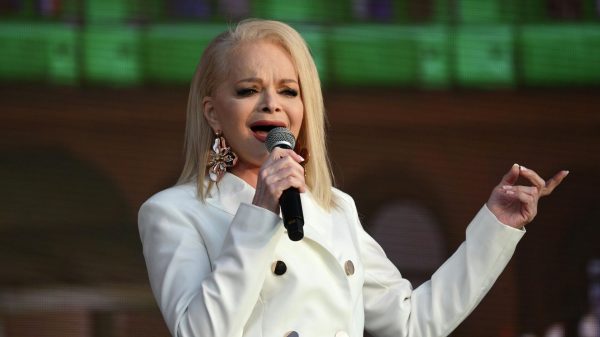
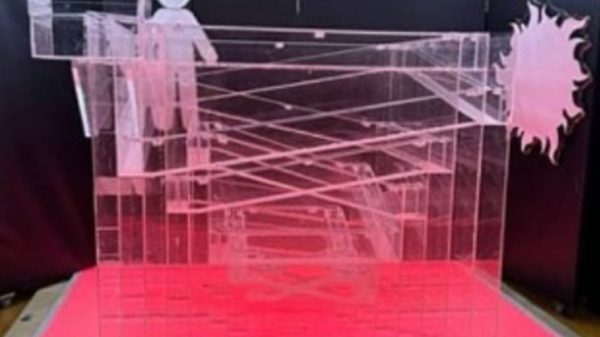


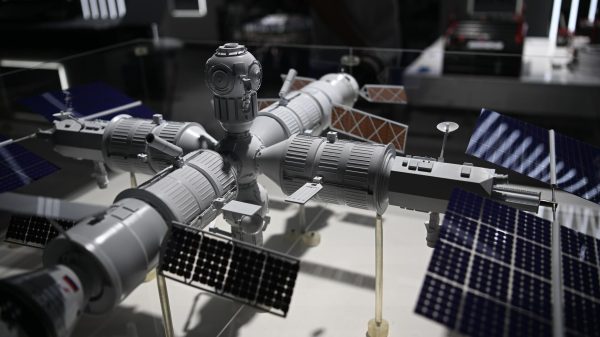







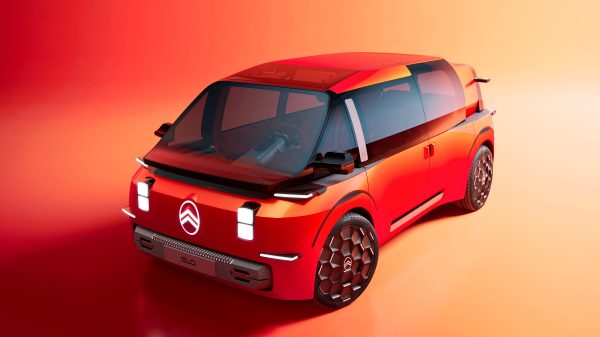

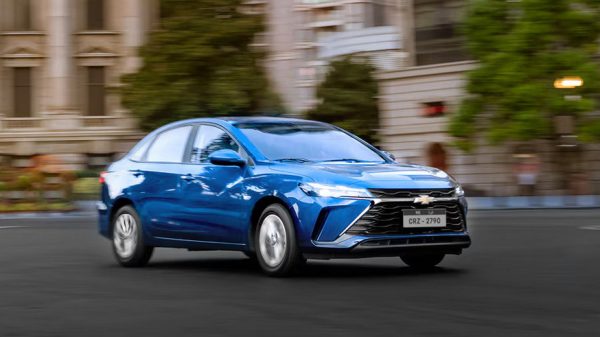






















Свежие комментарии